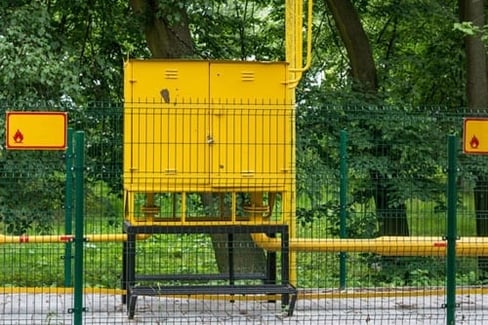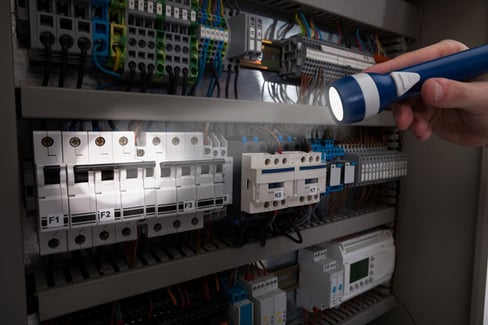Oxygen deficiency is still the leading cause of death in confined space incidents. The concentration of oxygen in normal air is approximately 20.9%. The balance (over 78%) consists primarily of nitrogen. The remaining fraction includes small amounts of water vapor, carbon dioxide and argon, as well as traces of other gases. OSHA 29 CFR 1910.146, "Permit Required Confined Spaces," contains the ... Read More

Topics: Contractor Safety, Bump Testing, Instrumentation, Elevator Safety, Gas Detection, Confined Spaces, Gas Detection Device Calibration, educational, howto
Our panel agrees that the "best" confined space gas detectors for confined spaces does not come from any one manufacturer. It's the instrument that best fulfills the requirements for your operational application(s). Price must not be the sole consideration, as many features of the instrument should ... Read More

Topics: Contractor Safety, Confined Spaces
Examples of Confined Spaces Confined spaces can include any existing tank, tower, sewer, sewer station, manhole, sump, vault, vat, grease pit, tunnel, or other similar confined space. Hazards Due to the nature of a confined space's shape, size, lack of ventilation, proximity to toxic gases, and ... Read More






